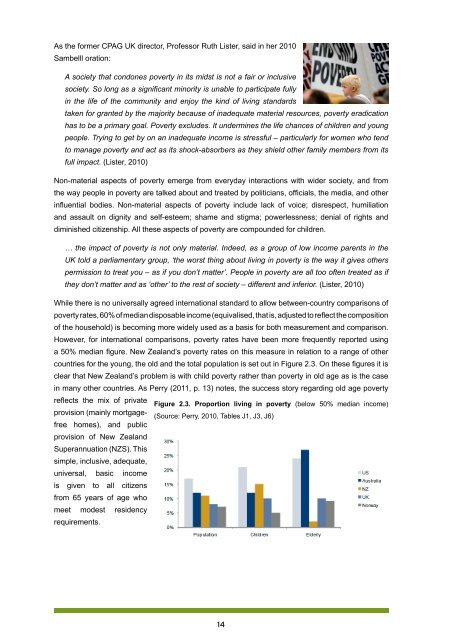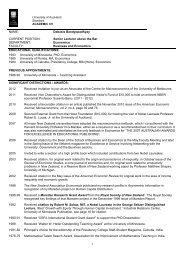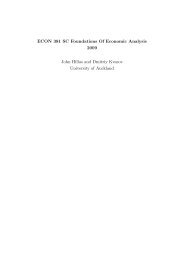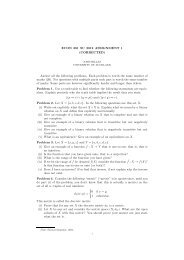Left Further Behind - Child Poverty Action Group
Left Further Behind - Child Poverty Action Group
Left Further Behind - Child Poverty Action Group
You also want an ePaper? Increase the reach of your titles
YUMPU automatically turns print PDFs into web optimized ePapers that Google loves.
As the former CPAG UK director, Professor Ruth Lister, said in her 2010<br />
Sambelll oration:<br />
A society that condones poverty in its midst is not a fair or inclusive<br />
society. So long as a significant minority is unable to participate fully<br />
in the life of the community and enjoy the kind of living standards<br />
taken for granted by the majority because of inadequate material resources, poverty eradication<br />
has to be a primary goal. <strong>Poverty</strong> excludes. It undermines the life chances of children and young<br />
people. Trying to get by on an inadequate income is stressful – particularly for women who tend<br />
to manage poverty and act as its shock-absorbers as they shield other family members from its<br />
full impact. (Lister, 2010)<br />
Non-material aspects of poverty emerge from everyday interactions with wider society, and from<br />
the way people in poverty are talked about and treated by politicians, officials, the media, and other<br />
influential bodies. Non-material aspects of poverty include lack of voice; disrespect, humiliation<br />
and assault on dignity and self-esteem; shame and stigma; powerlessness; denial of rights and<br />
diminished citizenship. All these aspects of poverty are compounded for children.<br />
… the impact of poverty is not only material. Indeed, as a group of low income parents in the<br />
UK told a parliamentary group, ‘the worst thing about living in poverty is the way it gives others<br />
permission to treat you – as if you don’t matter’. People in poverty are all too often treated as if<br />
they don’t matter and as ‘other’ to the rest of society – different and inferior. (Lister, 2010)<br />
While there is no universally agreed international standard to allow between-country comparisons of<br />
poverty rates, 60% of median disposable income (equivalised, that is, adjusted to reflect the composition<br />
of the household) is becoming more widely used as a basis for both measurement and comparison.<br />
However, for international comparisons, poverty rates have been more frequently reported using<br />
a 50% median figure. New Zealand’s poverty rates on this measure in relation to a range of other<br />
countries for the young, the old and the total population is set out in Figure 2.3. On these figures it is<br />
clear that New Zealand’s problem is with child poverty rather than poverty in old age as is the case<br />
in many other countries. As Perry (2011, p. 13) notes, the success story regarding old age poverty<br />
reflects the mix of private<br />
Figure 2.3. Proportion living in poverty (below 50% median income)<br />
provision (mainly mortgagefree<br />
homes), and public<br />
(Source: Perry, 2010, Tables J1, J3, J6)<br />
provision of New Zealand<br />
Superannuation (NZS). This<br />
simple, inclusive, adequate,<br />
universal, basic income<br />
is given to all citizens<br />
from 65 years of age who<br />
meet modest residency<br />
requirements.<br />
14









